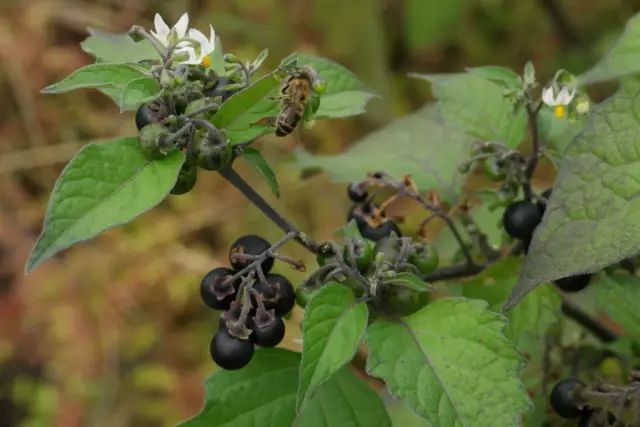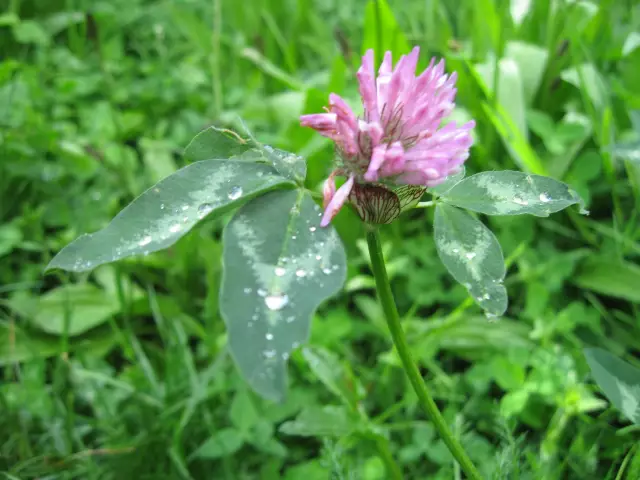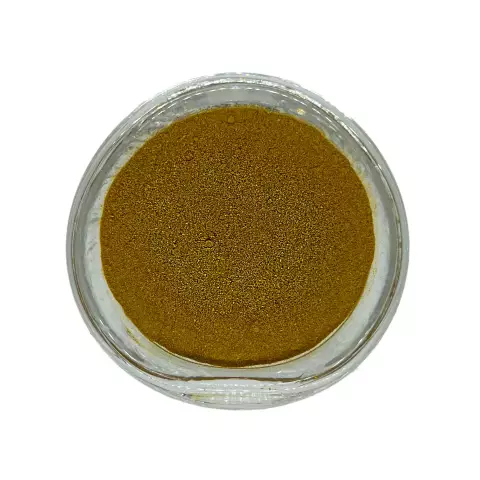- Author Rachel Wainwright [email protected].
- Public 2023-12-15 07:39.
- Last modified 2025-11-02 20:14.
Nightshade
Instructions for use:
- 1. Application
- 2. Red
- 3. Black
- 4. Contraindications
Nightshade belongs to the Solanaceae family. Sold in pharmacies under the name "Stalks of the nightshade". This plant is a climbing semi-shrub, which is woody from below, and herbaceous from above. The stem of the bush is branching, on it there are alternate leaves, which have 2 lobes at the base of an ovoid or medullary shape, pointed at the ends. The nightshade blooms from June to September. The plant is found mostly in hedges or shrubs, as well as in shady and damp places.
Nightshade application

It is classified as a dangerous shrub due to the special properties of nightshade, so it requires very careful handling. Experts say that in no case should you self-medicate with drugs containing this plant. The main active ingredients in nightshade are saponins, tannins, steroidalkaloids and glycosidic bitterness.
Due to its properties, nightshade is rarely consumed. It is also believed that this plant is not effective enough. True, official German medicine still recommends the use of nightshade-based ointments for chronic eczema, psoriasis and neurodermatitis.
Traditional medicine has many adherents to this plant. But, it is worth noting that all the healing properties of nightshade are reduced solely to improving metabolism, although tea from it can be taken for dropsy, bronchitis, rheumatism, eczema, asthma and a host of other skin diseases.
Red nightshade
It is a perennial shrub with a woody stem. Its leaves are large, have a core base and an oblong-ovoid shape. The fruit of the plant is a bright red berry. The herb is widespread in Northern Mongolia, the Himalayas and Siberia.
Red nightshade contains a small amount of solangin and solacein glycoalkaloids, from which the bitter glycoside and alkaloid solanine are cleaved off during hydrolysis. It is these substances that are useful, since they are close in action to tannins, ascorbic acid, carbohydrates and other substances.
In folk medicine, young shoots of the plant are used, which are considered a very good remedy for rheumatism, skin diseases, respiratory diseases, metabolic disorders and a huge number of skin diseases. A decoction of red nightshade berries is recommended for epileptic seizures and headaches.
German and Bulgarian alternative medicine involves the use of nightshade preparations for inflammation of the middle ear, colds, neuralgia, cystitis, rheumatic pains, eczema, rashes, irregular menstruation, bronchial asthma.
In large doses or with prolonged use, red nightshade preparations can cause poisoning.
Black nightshade
It is a bitter annual plant that has a branched stem, sometimes reaching 90 cm in length. The leaves of the grass are almost triangular, petiolate and ovate. The flowers that are in the umbellate inflorescences are small white.
Black nightshade fruits are green in color and have a pungent and sour taste. When ripe, the berries turn black, which explains the name of the plant. Nightshade is widespread in the Far East and Siberia, and it grows near roads, in gardens and near ditches.
The chemical composition of black nightshade has been poorly studied, but it is noted that it contains carotenoids, organic acids, tannins, glycoalkaloids and sugars.
It is believed that preparations from black nightshade dilate blood vessels, lower blood pressure, and act firstly on the nervous system as a stimulant and then depressingly. Preparations with nightshade are recommended for the treatment of hypertension.

Traditional medicine of a large number of countries recommends using the plant boiled for headaches in the form of poultices, which are applied to the temples or to the forehead. Herbal infusions are used as an antiseptic, laxative and antihelminthic agent.
The infusion of nightshade flowers is considered a good expectorant and diuretic, but the herb infusion is a good sedative and pain reliever. Raw berries are eaten in order to improve vision.
For spastic constipation, bladder spasms, nervous seizures, epilepsy, neuroses, headaches, the plant preparations are used in Western Europe.
Contraindications
While nightshade berries are edible, they can cause diarrhea if eaten for a long time. That is why it is imperative to consult a specialist before use. Also, taking large amounts of nightshade medications can lead to speech disorders or overexcitation.
Information about the drug is generalized, provided for informational purposes only and does not replace the official instructions. Self-medication is hazardous to health!






